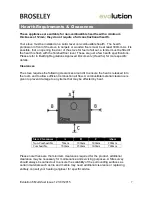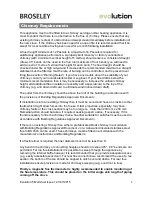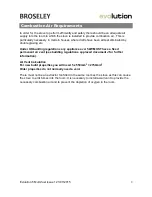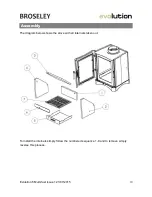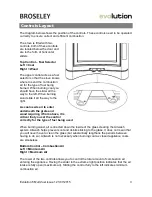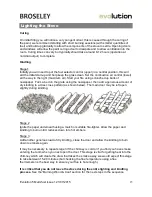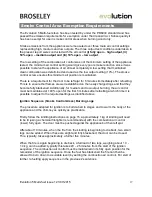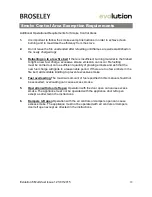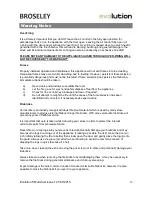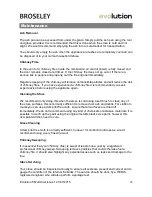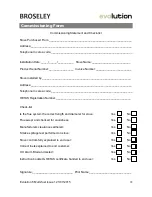
Evolution 5 Multi-fuel Issue 1 21/07/2015
20
Maintenance
Ash Removal
The ash pan can be accessed from under the grate. Simply pull the ash pan using the tool
and glove provided. It is recommended that this is done when the stove is cold and not
alight. We would recommend emptying the ash into a metal bucket for transportation.
You should only empty the ash when the appliance and ashes are completely cool and can
be disposed of in your normal household refuse.
Chimney Fires
In the event of a chimney fire ensure the combustion air control (lower) is fully closed and
the door remains closed at all times. If the chimney fire does not go out or if there is a
serious risk to people and property, call the fire brigade immediately.
Regular sweeping of the chimney will remove combustible particles and will reduce the risk
of chimney fires. If you have experienced a chimney fire it is recommended you seek
expert advice before using the appliance again.
Cleaning the Stove
We recommend only doing this when the stove is cold using a soft brush to clean any of
the stove surfaces, this is normally sufficient to remove dust, ash and debris. For stubborn
marks you can use a damp lint free cloth, ensure that all surfaces are dried off
immediately. We do not recommend using any kind of chemicals or abrasive materials. It is
possible to touch up the paint using the original metallic black stove paint, however this
new paint will then need to cure.
Glass Cleaning
A damp lint free cloth is normally sufficient, however for stubborn build ups we would
recommend using a very fine wire wool.
Chimney Sweeping
It is essential that your chimney (flue) is swept at least once a year by a registered
professional chimney sweep. Sweeping removes particles that could otherwise fuel a
chimney fire, it should also highlight any potential issues such as leaks and damage to the
flue.
Stove Servicing
Your stove should be inspected annually to ensure all seals are present and correct and to
gauge the condition of the internal firebricks. The service should be done by a HETAS
registered engineer who will also perform a spillage test.


